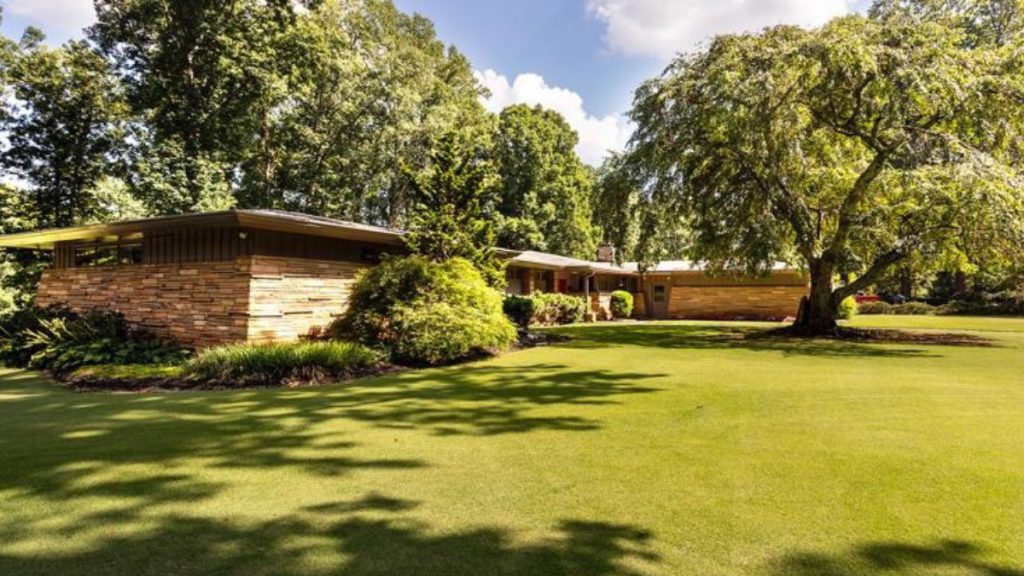The Reconstruction Era (1865–1877) was one of the most transformative periods in South Carolina’s history. Following the Civil War, the state faced the immense challenge of rebuilding its devastated Mid-century modern architecture transformed the American home, bringing a fresh, optimistic design approach prioritizing simplicity, function, and a connection to nature. While much of South Carolina’s architectural history is often associated with antebellum mansions and historic preservation, the state boasts a wealth of mid-century modern homes that reflect the postwar boom and changing lifestyles of the mid-20th century. These homes in cities like Columbia, Greenville, and Charleston remain prized for their innovative designs, open layouts, and seamless indoor-outdoor integration.
The Rise of Mid-Century Modernism in South Carolina
Following World War II, South Carolina, like much of the country, experienced rapid suburbanization. Returning soldiers, economic growth, and technological advancements led to a surge in home construction. Architectural trends shifted away from ornate historical revival styles toward clean lines, geometric simplicity, and functionality—hallmarks of mid-century modern design.
Mid-century homes in South Carolina were often influenced by the California Case Study Houses, a series of experimental modernist homes designed by architects such as Richard Neutra and Pierre Koenig. While South Carolina did not have direct Case Study House projects, many architects and builders embraced similar principles—flat or low-pitched roofs, expansive glass walls, open-concept living spaces, and steel, brick, and wood materials.
Notable Mid-Century Modern Homes and Neighborhoods
One of the most distinctive concentrations of mid-century homes in South Carolina can be found in Forest Acres and Lake Katherine in Columbia. Developed in the 1950s and 60s, these neighborhoods feature sleek, minimalist homes with generous overhangs, clerestory windows, and sprawling floor plans designed to encourage natural ventilation. Built by forward-thinking architects and developers, these homes showcase the hallmarks of mid-century modernism while adapting to the Southern climate.
In Greenville, mid-century modern design flourished alongside the city’s industrial expansion. The Augusta Road area and North Main Street neighborhoods include residences that reflect Frank Lloyd Wright’s influence, particularly in their integration with natural landscapes. Some homes in the region feature Usonian-style elements—low horizontal lines, built-in furniture, and large expanses of glass—creating a seamless flow between interior and exterior spaces.
Charleston, a city better known for its historic homes, also has pockets of mid-century modern architecture. James Island and West Ashley contain well-preserved examples of modernist residences, often built to accommodate growing families moving away from the city center. These homes incorporate broad overhangs for shade, courtyards, and open-plan interiors, demonstrating how mid-century modern principles adapted to Lowcountry living.
Preserving South Carolina’s Mid-Century Modern Legacy
Despite their architectural significance, mid-century modern homes in South Carolina face challenges. Many are undervalued compared to traditional historic dwellings, leading to demolition or unsympathetic renovations. Organizations like Docomomo US, which focuses on modernist preservation, emphasize the importance of protecting these homes as cultural artifacts of a transformative era in American design.
For homeowners and preservationists, restoring mid-century modern homes provides an opportunity to celebrate the era’s innovative spirit while adapting spaces for contemporary living. By preserving these homes, South Carolina ensures that a vital piece of its architectural history continues to inspire future generations.
For more on this topic, see:
Historic Columbia – Mid-Century Modern Neighborhoods
Docomomo US – Modernism Preservation
IMAGE

Myers House, Greenville, SC built in 1952 by local architect Charles Potter

